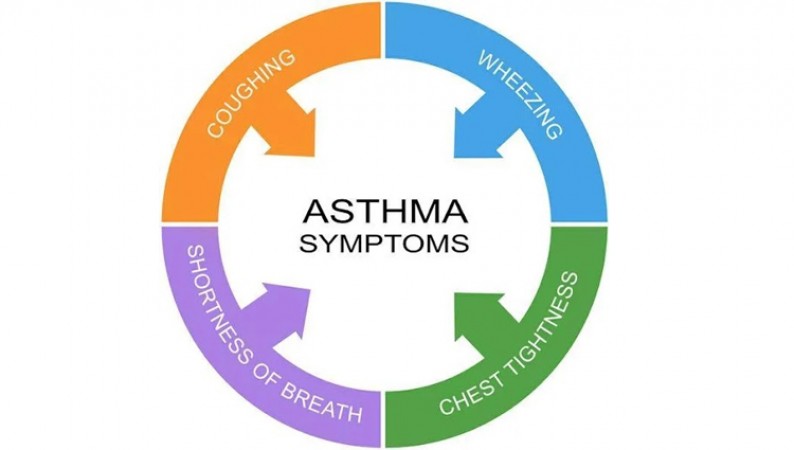
World Physiotherapy Day is celebrated annually on September 8th to raise awareness about the vital role physiotherapy plays in promoting well-being and improving the quality of life for individuals worldwide. One area where physiotherapy can make a significant difference is in the management and alleviation of asthma symptoms.
Asthma is a chronic respiratory condition that affects millions of people globally, causing episodes of wheezing, breathlessness, chest tightness, and coughing. While medications are crucial in controlling asthma, physiotherapy techniques can complement these treatments by improving lung function, reducing symptoms, and enhancing overall health.
Understanding Asthma
Before delving into physiotherapy techniques, it's essential to have a basic understanding of asthma. Asthma is characterized by inflammation and narrowing of the airways, which makes it difficult for air to flow in and out of the lungs. Triggers such as allergens, respiratory infections, exercise, or stress can exacerbate asthma symptoms. Asthma can range from mild to severe, and the goal of treatment is to control symptoms and prevent asthma attacks.
Physiotherapy's Role in Asthma Management
Physiotherapy plays a pivotal role in asthma management by focusing on:
Breathing Techniques:
Diaphragmatic Breathing: Physiotherapists teach individuals how to engage their diaphragm when breathing, which maximizes air exchange and reduces the reliance on shallow, chest breathing.
Pursed-Lip Breathing: This technique involves exhaling through pursed lips, which helps to prolong exhalation, prevent airway collapse, and reduce shortness of breath during asthma attacks.
Airway Clearance Techniques:
Postural Drainage: Patients are guided through specific body positions to assist in clearing mucus and secretions from the airways.
Chest Physiotherapy: Manual techniques, such as percussion and vibration, can be used to loosen and move mucus, making it easier to clear from the airways.
Exercise and Conditioning:
Physiotherapists design individualized exercise programs that enhance lung capacity, improve cardiovascular fitness, and reduce asthma-related fatigue.
Controlled and supervised exercise can help individuals build confidence in their ability to stay active without triggering asthma symptoms.
Education:
Physiotherapists educate patients about asthma triggers and how to avoid them.
They also provide guidance on proper inhaler techniques and the importance of medication adherence.
Stress Management:
Stress can exacerbate asthma symptoms. Physiotherapists may introduce relaxation techniques like meditation and progressive muscle relaxation to help individuals manage stress effectively.
Monitoring and Support:
Regular monitoring by physiotherapists can identify changes in lung function or symptoms early, allowing for prompt adjustments in treatment plans.
Support and encouragement from physiotherapists can help individuals adhere to their asthma management strategies.
On World Physiotherapy Day, it's essential to recognize the valuable contributions of physiotherapists in helping individuals with asthma lead healthier lives. While asthma is a chronic condition, the techniques and interventions provided by physiotherapists can significantly improve lung function, reduce symptoms, and enhance the overall well-being of those affected by this respiratory disorder. Combining these techniques with appropriate medical management ensures a comprehensive approach to asthma care, allowing individuals to breathe easier and enjoy a better quality of life.
10 Super Healthy Foods for a Longer and Healthier Life
Top 10 Foods for Hormone Regulation: A Guide to Hormonal Balance
Yogurt in Your Skin Care: How to Use Yogurt for Skin Health?